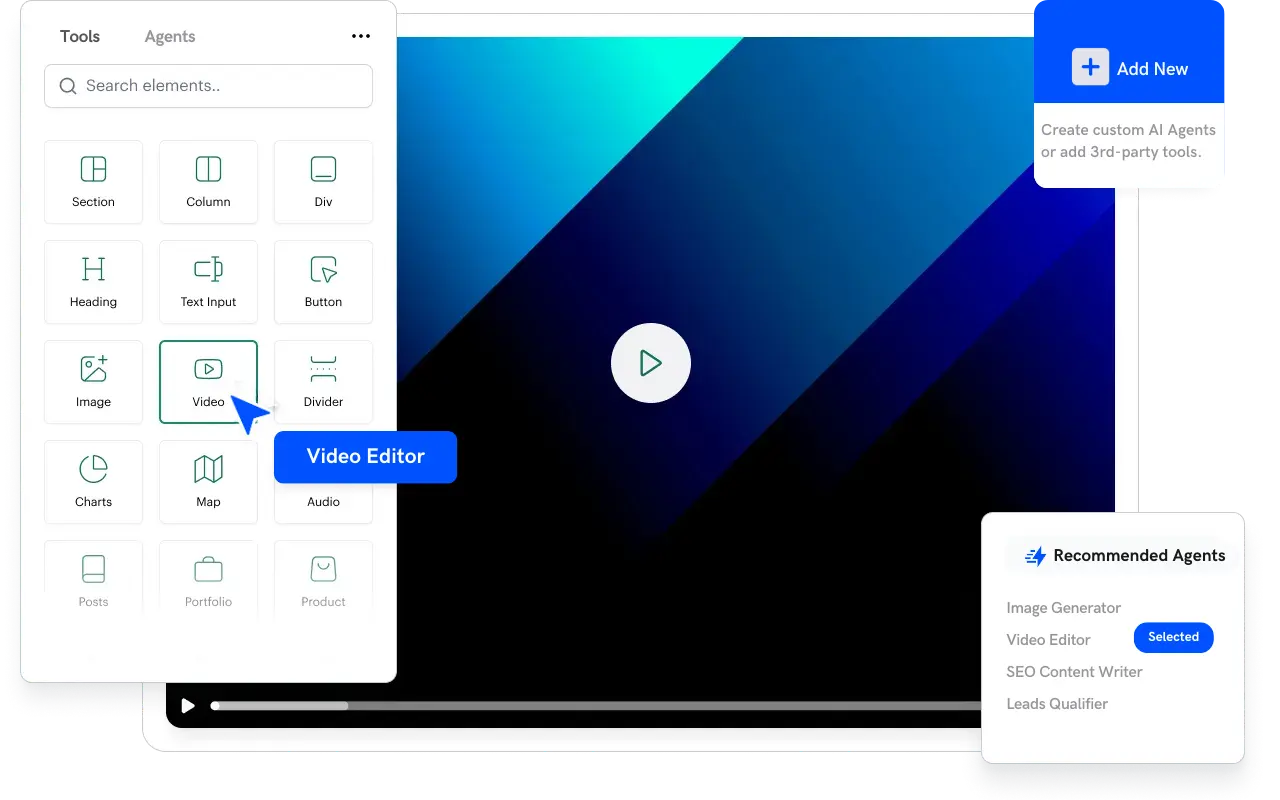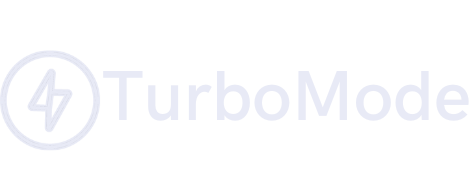In the contemporary workplace, real-time productivity tracking has become an essential element for success. AI tools now enable organizations to monitor performance as it happens, providing immediate insights that help in adjusting workflows and maintaining high levels of efficiency. This breakthrough in productivity management is transforming the way teams and individuals approach their daily tasks.
Real-time tracking systems gather data continuously from a variety of sources, including work management software, digital calendars, and communication platforms. By integrating these inputs, AI-powered tools deliver a comprehensive view of how time is spent and where inefficiencies occur. Managers and team members alike can see, almost instantaneously, which tasks are consuming more time than expected and where potential bottlenecks are forming. This immediate feedback allows for rapid adjustments, ensuring that productivity remains consistently high throughout the workday.
One of the most remarkable aspects of real-time tracking is its impact on decision-making. Rather than waiting for end-of-day or end-of-week reports, managers now have access to live data that can inform immediate tactical decisions. For example, if a team is falling behind on a critical project, the AI system can alert the manager to reallocate resources or reprioritize tasks right away. This agility leads to faster resolutions and a more fluid work environment where issues are addressed before they evolve into larger problems.
In addition to improving short-term responsiveness, real-time productivity tracking also contributes to long-term strategic planning. Detailed analytics gathered over time can reveal trends that might otherwise go unnoticed. Patterns in workflow, peak productivity periods, and recurring delays provide valuable insights into how work processes can be optimized for better efficiency. With these data-driven insights, organizations can make informed changes to their operations, invest in targeted training programs, and implement new policies that foster a culture of continuous improvement.
Furthermore, real-time tracking systems offer a level of transparency that benefits both employees and managers. By having access to clear, objective data on performance, employees can better understand their own work habits and identify areas for improvement. This transparency not only boosts individual accountability but also fosters a collaborative environment where team members work together to enhance overall productivity. The combined effect is a more engaged and proactive workforce that is well-equipped to handle the demands of modern business.
Another benefit of these AI tools is their ability to integrate seamlessly with other enterprise systems. Real-time productivity tracking does not exist in isolation—it complements other business processes such as project management, customer relationship management, and financial reporting. This integration creates a holistic view of business performance, making it easier for organizations to align their operational goals with overall business objectives.
In conclusion, real-time productivity tracking with AI tools represents a significant leap forward in performance management. The ability to monitor, analyze, and react in real time is revolutionizing how businesses manage their workflows, leading to immediate improvements and long-term strategic benefits. As organizations continue to adopt these technologies, the future of productivity tracking will be defined by speed, accuracy, and an unprecedented level of data-driven insight.
TurboMode AI
TurboMode AI is an AI-powered productivity platform that extracts action items from any conversation, breaks them into fine-grained tasks, and executes them using AI agents.
We’re shifting the game from managing work to getting work done—helping teams become 10x more productive with automation and AI-driven workflows.
Be the First to Try It!
Want to see how TurboMode AI transforms productivity? Book a demo today and be among the first to experience AI-powered task execution.






